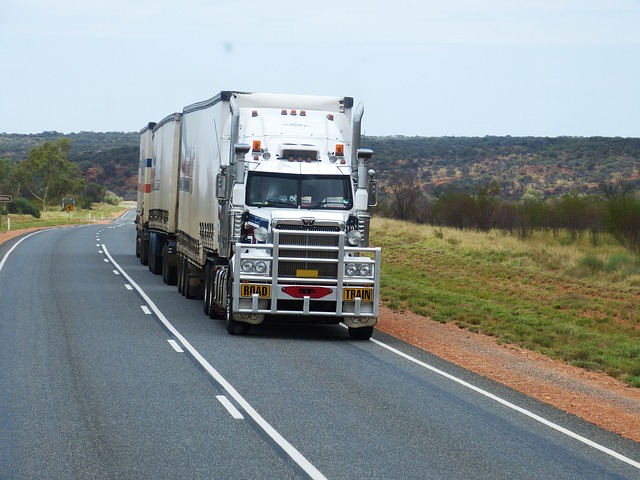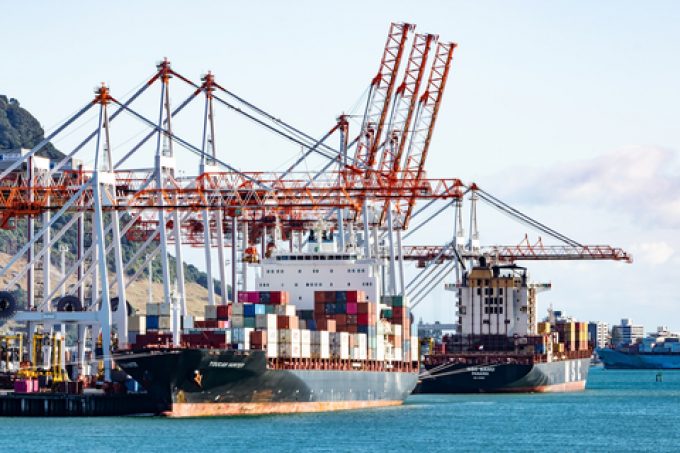Almost every business nowadays requires transportation services. A small-scale entrepreneur and a multi-million tycoon both use freight shipping. They both need to transfer their goods and cargo. As a result, freight shipping will continue to grow in the coming years.
This is the case in Australia. Western Australia is in the same time zone as 60 percent of the world’s population. Thus, there is a huge opportunity for importers and exporters to conduct business with the world’s major companies.
This is the reason why data show that the freight industry is a major contributor to the country’s economy. Some estimates show that this transport sector contributes 8-10 per cent of Australia’s gross domestic product. Due to this, the government is extending all the help it can offer to the freight industry.
How do the different types of transport contribute to the numbers? Here is a short explainer.

Freight by Road
Trucks transport 70 per cent of freight in Australia. According to estimates, there are roughly 5 million tons of freight transported in the country every day. That means there are a lot of trucks in operation on the road.
It is worth noting that Australia’s road network is among the world’s most extensive. It has twice the length per capita as New Zealand and Canada. This kind of environment makes it easy for drivers to transport important goods all across the country. Drivers in Australia are also among the most experienced in the world.
Transport firms from WA are in high demand across Australia. For businesses from WA, freight by road is the sole option for machinery shipment.
Companies consider transport by road the most dependable. 83 per cent of the 874,500 km of road across the country are non-urban roads.
Another advantage of this mode of transport is safety. Majority of the clients who avail of road transportation services give positive reviews. For them, they are dependable, reliable, and knowledgeable. The insurance they provide also ensures that goods are safe.
Transport trucks are versatile and different types carry different weight loads. A small tilt tray has a maximum load weight of 5,000 kg, equal to 11 grand pianos. Meanwhile, a hiab crane can carry the equivalent of three giraffes (approximately 7,500 kg).
A large tilt tray is designed for major cargo shipments. It can carry goods with a maximum load of 10,000 kg. That is as heavy as 800 gold bars.
A low loader takes it up a notch with a capacity of 24,000 kg. With that weight, the truck can carry four full-sized adult Tyrannosaurus Rex dinosaurs.
A side loader is for heavy-duty shipments. It can carry 30,000 kg of cargo. Two Lamborghini Coupes will fit in this truck.
Rail Transport
Freight by rail comes second to transporting goods by road. Trains transport 28 per cent of freight in the country. A big part of the reason why many use this method of shipping is the 33,000 km of heavy rail across Australia. The Land Down Under has the world’s seventh-biggest rail system.
Trains transport different cargo. Some of them are used in energy, mining, agriculture, and automotive, among others. It is the most ideal mode of shipping for high-value industrial products that factor in speed. Rail is also used to serve the majority of the export sector.
Rail freight transport is also efficient. Its energy consumption is six times lower than land transport via trucks.
But, a downside is that rails end. This means that cargo must then be transferred, which entails extra cost and time.
This industry is not performing well. A lot of factors contribute to the slow growth of transporting goods by rail. One of the major reasons is the decreasing production in major industries that use trains, including mining.
Rail transport providers are optimistic, though. They foresee more automation and advancements in technology. They believe that these will add innovative features to traditional trains.

Sea and Coastal Freight
Sea transport, which accounts for 2% of freight in Australia, has recently gained attention. Because it is crucial for international commerce growth, the government is helping.
Infrastructure renovations are also underway at the country’s major ports. A lot is also being done to connect them with the various modes of available transportation.
Dampier and Port Hedland, both in Western Australia, are two of the world’s major bulk export ports. Transactions here account for almost half of all seaborne iron shipments in 2014-2015.
Airfreight
Transporting goods by air is still not a competitive option for Australia. But it is picking up.
The country has 40 major airports, 10 of which are international. This has the potential for excellent connectivity for low-volume, high-value goods.
Every airline in Perth, whether regional, local, or international, provides air freight services. Perth Airport’s $750 million renovations will boost the industry’s capacity. With imports and exports projected to double in the next 8–10 years, it is an industry to watch.
Future Growth
One can be optimistic about the continuous growth of the freight industry in Australia. The government, with its vast powers, is doing everything to help the sector. They know that there is more room for growth, innovation, and advancement.
The world’s economies will continue to rely on the freight industry. Business owners know that they cannot survive without a reliable partner. They need their goods to reach their customers all over the world. Transport companies in Australia will continue to be a major force in this industry.
